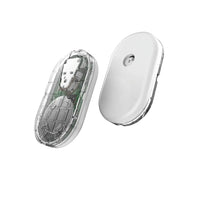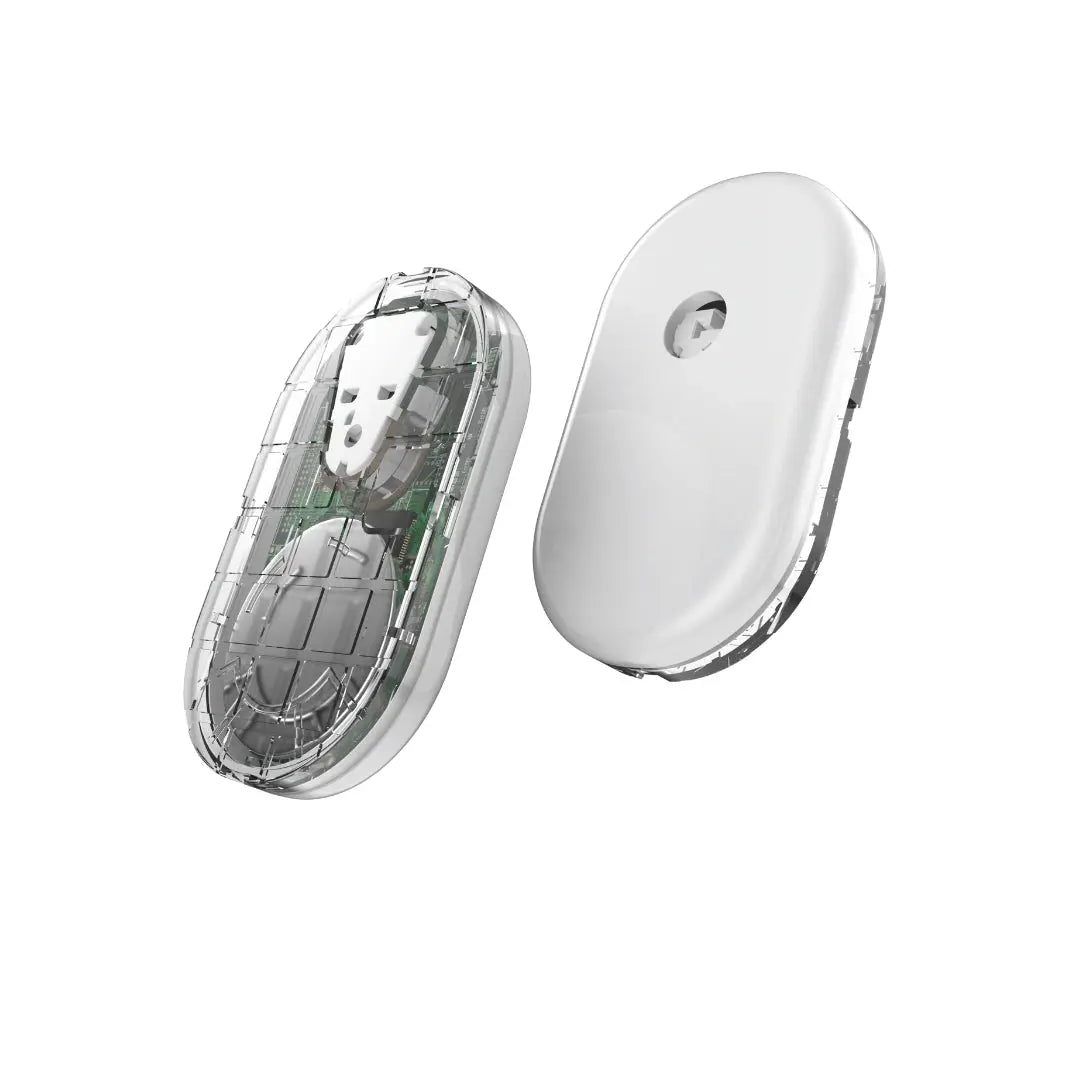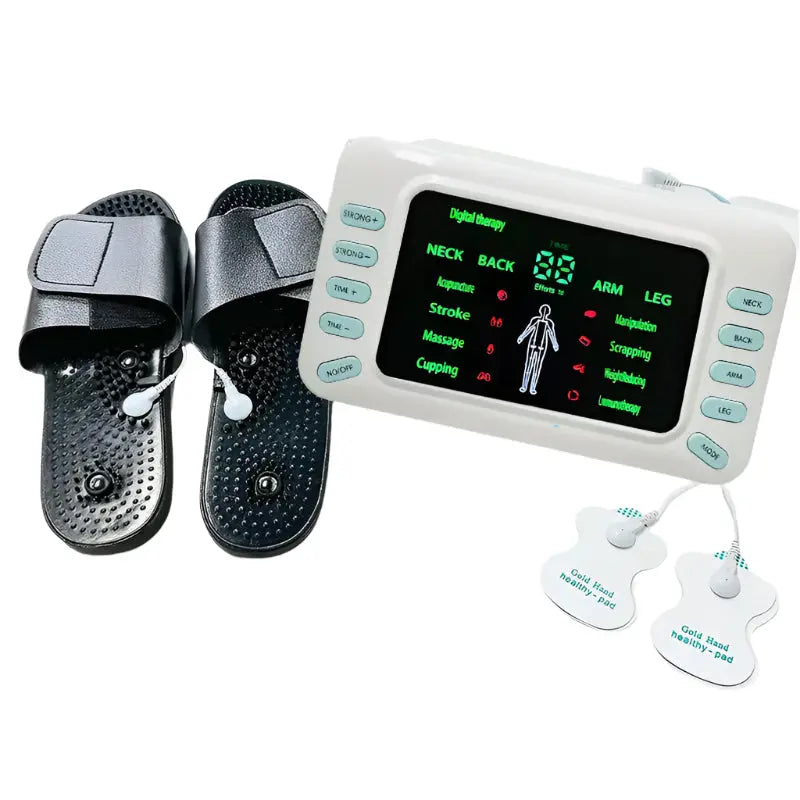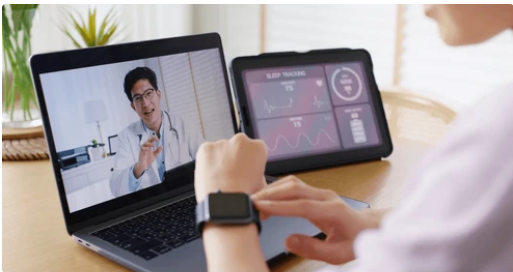In today’s fast-paced healthcare environment, hospital efficiency is more than just a performance metric; it’s a lifeline that determines how quickly and accurately patients receive care. From emergency response to ICU management, every second counts.
One of the most effective ways hospitals are improving workflow and patient outcomes is through advanced patient monitoring tools. Devices such as digital blood pressure monitors, ECG machines, and multi-parameter patient monitors streamline clinical processes, reduce human error, and enable timely, data-driven decisions.
(Learn more about related devices in our blog on Multi-Parameter Monitors in Critical Care on Berflow Health.)
The Role of Monitoring Devices in Hospital Efficiency
Monitoring tools are the backbone of modern healthcare delivery. They provide real-time insights that help clinicians detect issues before they escalate.
-
Blood Pressure Monitors provide instant, accurate readings that help detect hypertension or hypotension early, guiding prompt treatment.
-
ECG Monitors identify arrhythmias such as atrial fibrillation before they lead to cardiac complications.
-
Multi-Parameter Monitors combine several key metrics, heart rate, oxygen saturation (SpO₂), respiratory rate, and temperature, into one display, allowing continuous tracking of critically ill patients, including those with sepsis or stroke.
These tools reduce manual data entry, prevent errors, and empower healthcare staff with up-to-the-second information.
Key Benefits for Hospital Workflow
Faster Diagnosis & Intervention:
Instant access to vital data means doctors can make critical decisions within seconds.
Reduced Patient Complications:
Continuous monitoring ensures that any sudden change in condition is detected early, preventing escalation into ICU emergencies.
Improved Patient Throughput:
Efficient monitoring and quicker turnarounds free up beds and enable hospitals to care for more patients effectively.
Enhanced Staff Productivity:
Automated digital monitors reduce repetitive tasks, allowing nurses and physicians to focus on direct patient care rather than manual charting.
Better Data Integration:
Modern monitoring systems connect directly to Electronic Health Records (EHR), creating seamless data flow and improving clinical decision-making.
(Curious about how EHR systems enhance care? Read more from the World Health Organization on Digital Health Transformation
Why Proper Monitoring Tools Matter in Modern Hospitals
The growing number of chronic disease cases, coupled with higher patient loads, means hospitals can’t afford inefficiency. Reliable monitoring devices ensure:
-
Accurate detection of vital signs
-
Fewer medical errors
-
Streamlined communication between departments
-
Faster emergency responses
Hospitals that invest in multi-parameter monitors, ECG systems, and digital BP monitors are not only enhancing patient safety but also reducing operational costs in the long term.
Conclusion
Proper monitoring tools don’t just improve workflow; they save lives. By integrating advanced digital monitoring systems, hospitals can speed up diagnosis, minimize complications, and ensure timely interventions that make a measurable difference.
At Berflow Health, we provide high-quality hospital monitoring equipment, from ECG machines to multi-parameter monitors built for precision, durability, and performance. Because in healthcare, efficiency isn’t just about speed; it’s about saving every heartbeat.
Explore our collection of Monitoring & Diagnostic Devices to upgrade your hospital’s workflow today.





